![]()
I have to admit that I haven’t given enough time to review the many, many lenses that are coming to us out of China. The only thing harder than knowing which Chinese camera companies belong to which other camera companies is knowing how to pronounce the often strange naming conventions given to the brands.
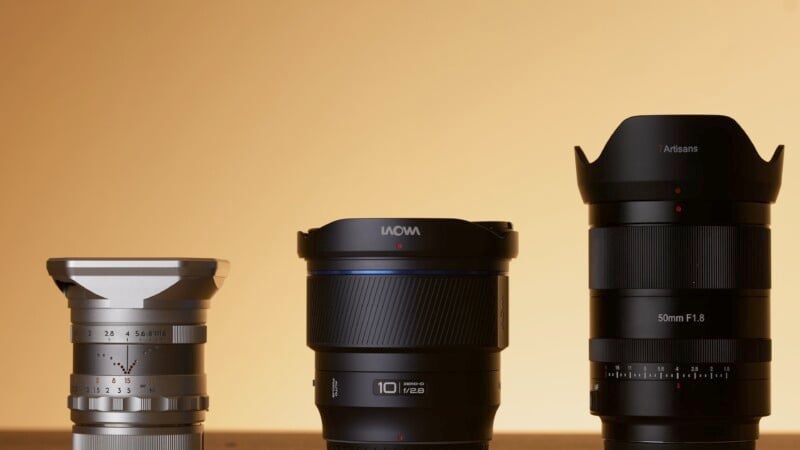
The industry may be a bit of a mystery but some very interesting products come out of these factories. Some are wonderful, some are quirky, and some are downright terrible. Navigating this field can be tricky but I thought it was time to wade into the fray. This will be less of a review and more of a showcase of three wildly different lenses from three different China-based manufacturers.
Thypoch Simera 35mm f/1.4
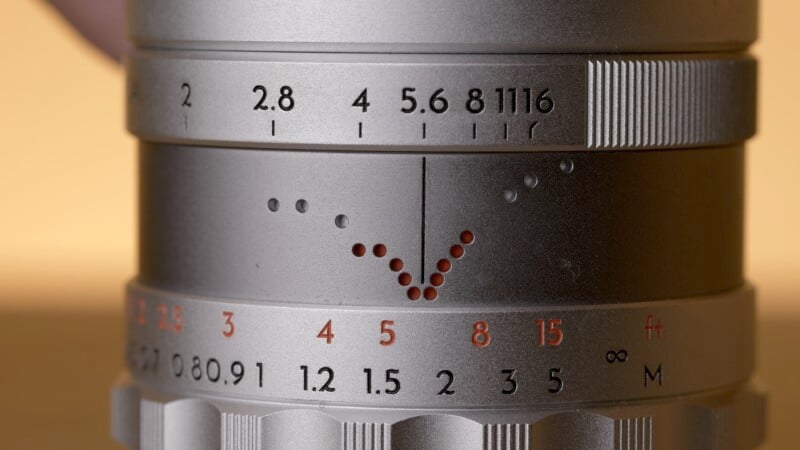
First, let’s cover the Thypoch Simera 35mm f/1.4 which is available for Leica M-mount. M-mount is very popular for Chinese lens manufacturers to play in due partly to the high price that is typically associated with Leica products along with the manufacturing simplicity of making manual focus and fully mechanical lenses.
Companies like Thypoch can make stylish and simple lenses that provide fast apertures for a fraction of the price those who shoot in M-mount are used to paying. Beyond that, any optical deficiencies can be written off as providing a “vintage” look or for creating images with “character.” On that note, the Thypoch Simera 35mm is not without its optical quirks.
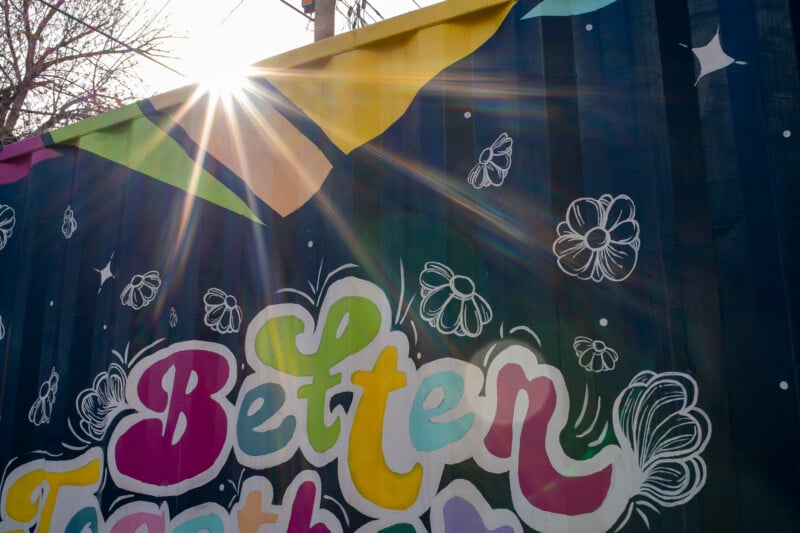
The sharpness at f/1.4 leaves a lot to be desired and would be categorized as sharp as a bowl of oatmeal when shot wide-open. The images have a mushy, blurry look which could be fun for a dreamy effect, and the lens doesn’t sharpen up until f/2.8. The Simera 35mm also exhibits some serious LoCa (longitudinal chromatic aberration) issues which are difficult to get rid of in post. When shooting toward the sun or a bright light source, I noticed some flare and some loss of contrast, too. I would personally want an f/1.4 lens that is better optically when shooting at said f/1.4 aperture.

What I can’t fault Thypoch for is making a classy-looking lens with a high-quality aluminum finish and gorgeous depth of field scale. The manual focus is smooth and everything is machined beautifully.


The lens would not look out of place on any prestigious Leica M camera body. The focusing knob is tuned nicely and works well, save for an annoying quirk that makes it auto-lock at infinity. This locking knob should have been designed to be toggled to either lock or focus freely but instead, it is a constant point of irritation. The Thypoch Simera 35mm may have more looks than substance but it could be an affordable alternative for the photographer who likes a lot of “character” in a lens since it only costs $699.
7Artisans 50mm f/1.8 Full Frame
Up to this point, all the Chinese third-party lenses I’ve played with have been manual focus only. Korean manufacturer Samyang has made some AF lenses already but the new $230 50mm f/1.8 is the first AF lens for 7Artisans. The first thing I noticed was just how physically large the lens is for a 50mm f/1.8.
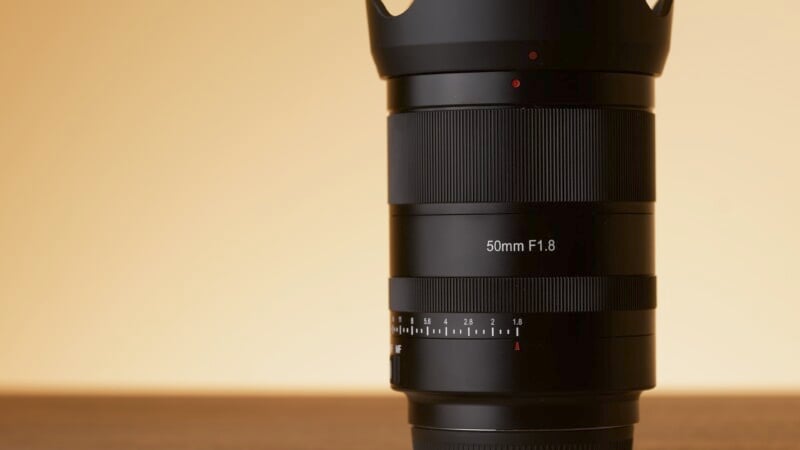
7Artisans lenses are usually almost completely constructed of metal which adds to the feeling of bulkiness and weight, and the lens has a large 62mm filter diameter at the front of it. Perhaps the extra length and size is to accommodate the AF motors or maybe it is to oversize the image circle and improve sharpness — or maybe even a bit of both.

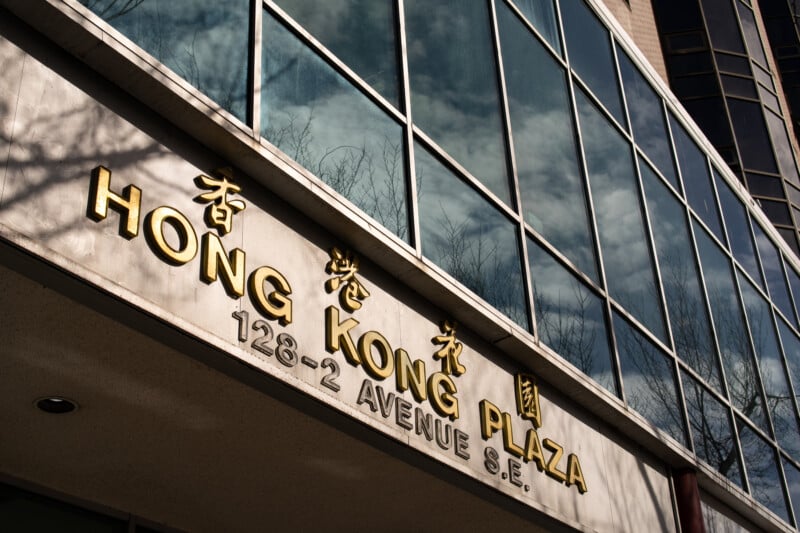
Despite this, the lens isn’t overly difficult to carry around and the autofocus performance was surprisingly good. I was impressed with the sharpness performance wide-open and the lens only gets better across the frame when stopped down slightly. The 7Artisan 50mm handled flare pretty well, although some ghosting is present and the lens tends to have purplish blotches of light scattered across the image in bright sun. There is some LoCa present when shooting at wider apertures and the images from the 7Artisan 50mm have a distinct cold tone to them.

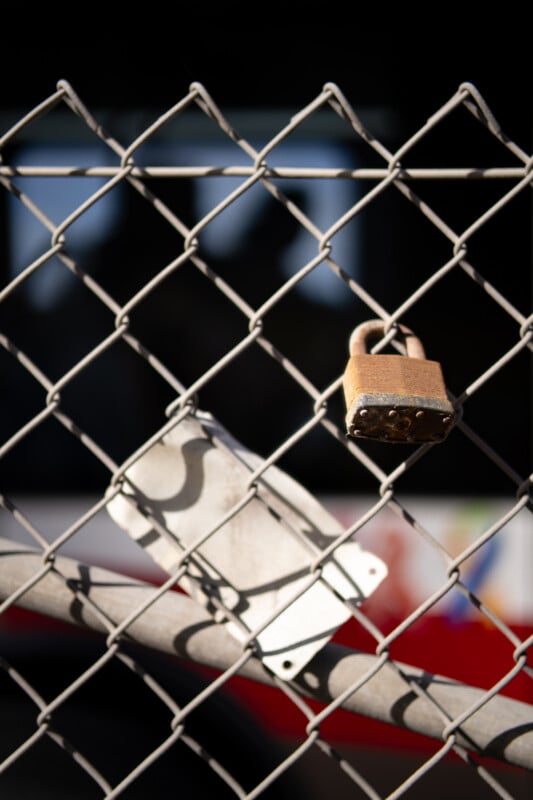
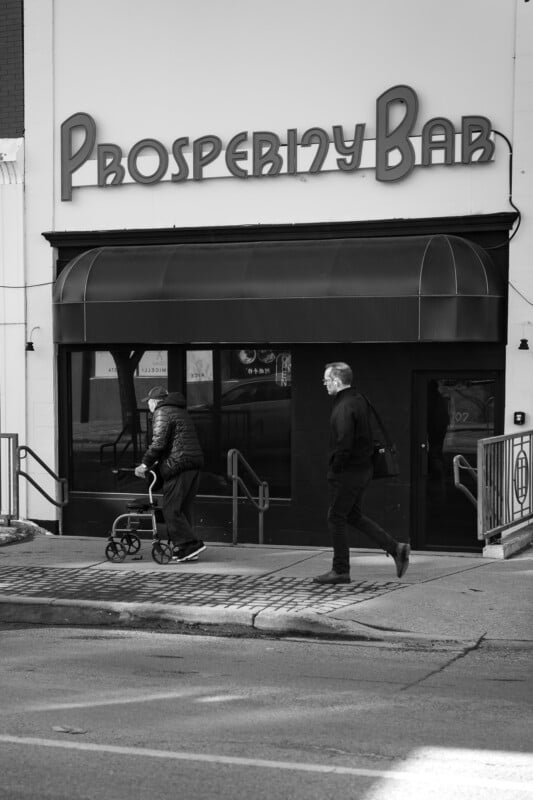
However, for the incredibly low price of just $230, the 7Artisans 50mm f/1.8 is a steal of a deal. As long as you don’t mind the slightly oversized dimensions, the 7Artisans can represent excellent value for the photographer on a budget who owns either the Sony E-mount or Nikon Z-mount cameras.
Laowa 10mm f/2.8 Zero-D AF
I have reviewed many Laowa lenses in the past and have been impressed with the build quality and quirkiness of the optics. Laowa often makes focal lengths and ranges that other manufacturers would shy away from and the 10mm is no exception.
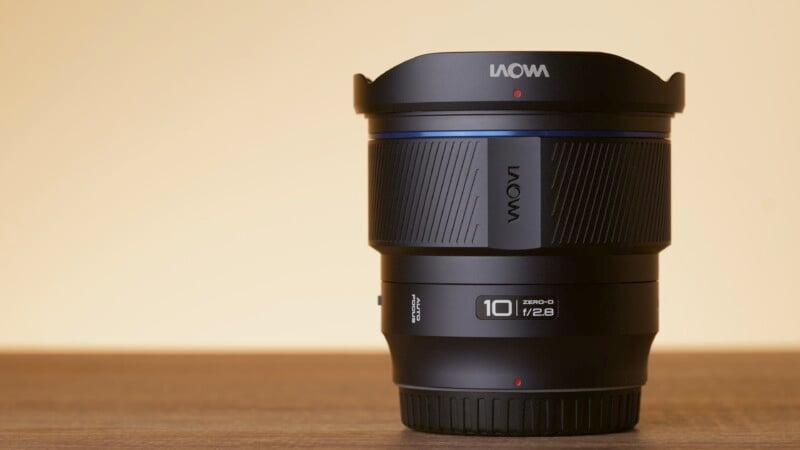
The $799 10mm f/2.8 Zero-D AF is a full-frame 10mm ultra-wide lens with no fisheye distortion. It also happens to be the first autofocusing lens from Laowa. The new lens is quite beautiful to look at thanks to its modern gun-metal finish and highly detailed focusing ring. The autofocusing motor performance was excellent although ultra-wide lenses are not particularly demanding focus-wise given the expansive inherent depth of field.
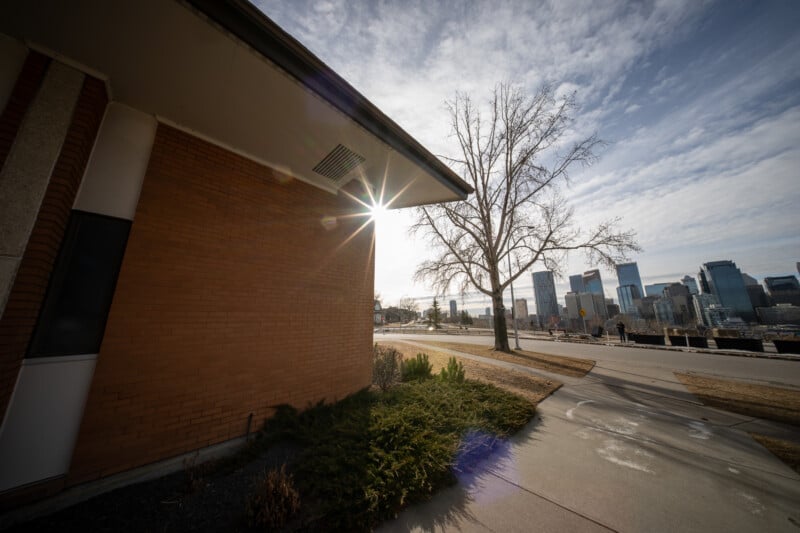
The lens is decently sharp wide-open although stopping down makes a noticeable improvement, especially in the corners where the tighter apertures are the only way to get sharp results. Flare turned out to be very well controlled too, which is a great sign as it is something Laowa has historically struggled with. Laowa lenses usually have vivid rainbow rings throughout the image with tons of ghosting to the point where the flare is so bad that it’s good. But the 10mm has reduced that somewhat, making the lens fit within conventional expectations and making it usable for demanding photographers.
It seems Laowa might be trying to work its way into the more respected photo market alongside Tamron and Sigma. The use of a five-bladed aperture will have almost no effect on bokeh with such a wide lens but does deliver clean and dramatic-looking sunstars which further cements the 10mm as a landscape lens to be reckoned with.
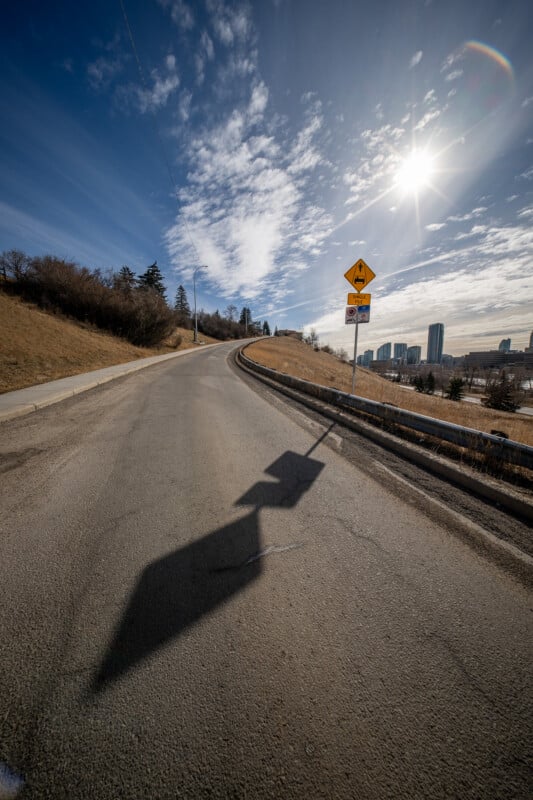
I enjoyed my time with the latest Laowa lens and it feels like a departure from the more toy-feeling and novel lenses they have previously released. I have hope that the future Laowa autofocus lenses will be up to a similar optical standard and build quality, thus making them even more desirable and respectable in the photo world.


Demystifying This Emerging Market
Even after my time with these very lenses from three different manufacturers, the Chinese photo market is still a mysterious one and it’s hard to know what to expect from one lens to the next.
From what I’ve seen so far, optical performance still seems to be compromised for the sake of a lower price but the results are moving toward a better place with each generation. Now that we have more autofocusing lenses, we also get the benefit of making these optics more convenient to use as electronic connection means the transmission of EXIF data and proper connection with in-body image stabilization. We may even see some big players move out of the ultra-budget realm and into the more respected mainstream which is always positive for the consumer. We would all do well to keep an eagle eye — and an open mind — on future product launches from these and many other Chinese lens makers.
